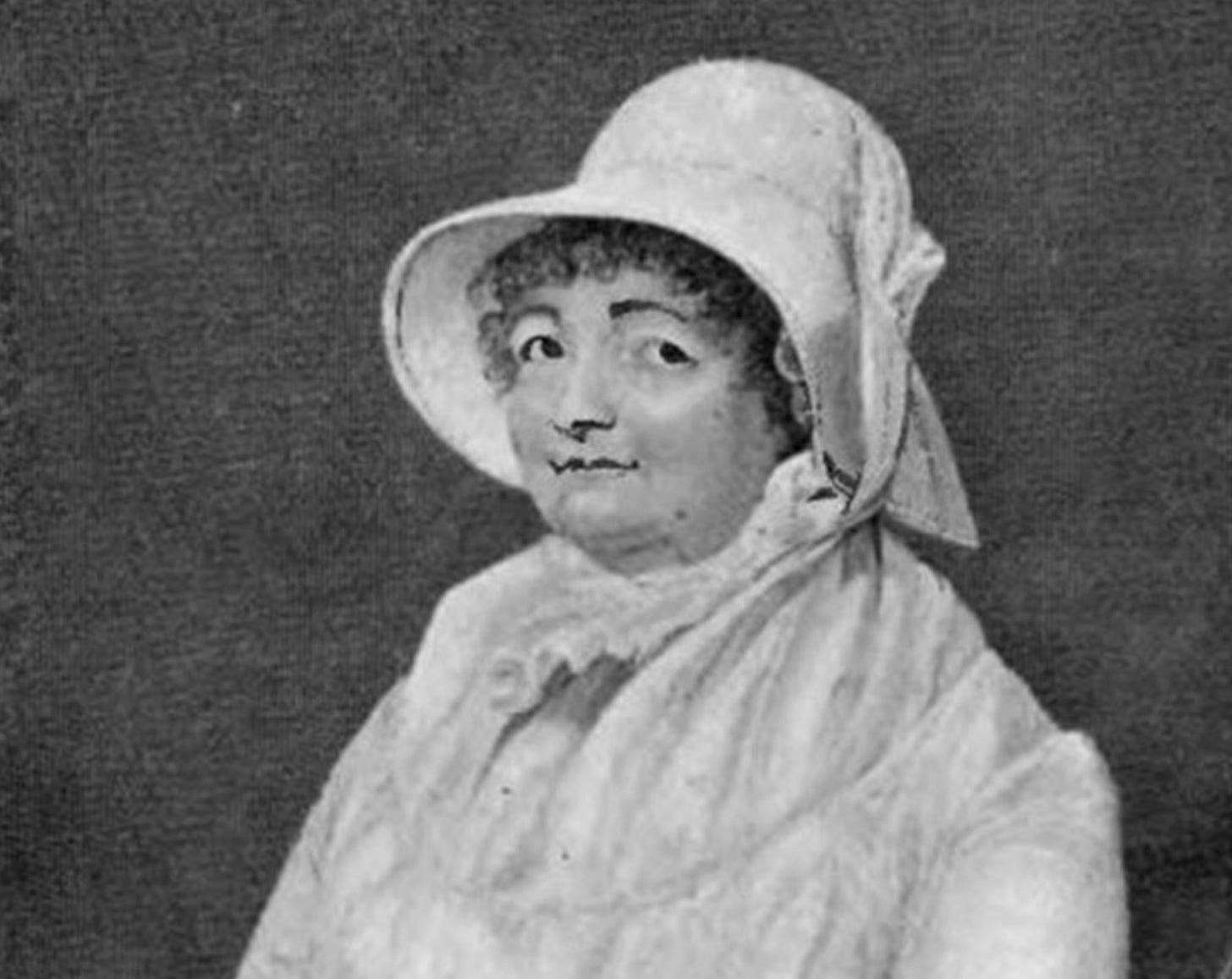The audacious imposition on the ignorant multitude
A woman clothed with the sun, and the moon under her feet, and upon her head a crown of twelve stars
Note: This is a continuation of last week’s issue.
“The audacious imposition on the ignorant multitude attempted by Joanna Southcott, or her miserable insanity, ought perhaps be passed over with silence, as it is only by notoriety that her mercenary purpose can be answer, or that delusion can be propagated,” the paper noted, begrudgingly. “But, as a faithful chronicle of passing events, our paper will be looked for the record of this reproach on the understanding of the time, and we have reason also to flatter ourselves that the readers of The Morning Chronicle are of a class not to be numbered among her besotted followers.”
It went on to reprint a letter from a few days prior, in which Southcott explained her strange predicament. Nine doctors had examined her, she explained, and six agreed on a diagnosis. At age 64, she’d suddenly – and rather miraculously – found herself with child. Were she proven to not be pregnant, she concluded, she would offer her body to medical science in order to determine the cause of her symptoms.
In addition to her advanced age, there was ample reason to doubt the veracity of her claims. She had, for the past 22 years, lived the life of a prophetess. At age 42, the house servant had begun experiencing visions. She described dreams of flying horseman and hearing disembodied voices while awake. She was, ultimately, relieved of her work, as word spread that she was “growing mad.” It was her word against that of a man whose advances she had spurned.
But no concern – she had a far grander role lined up. Southcott was the Woman of the Apocalypse described in The Book of Revelation. "I am ordered to put in print, the woman in the 12th chap. of Revelation is myself,” she noted. The first verse describes, “a woman clothed with the sun, and the moon under her feet, and upon her head a crown of twelve stars.” Understood by many to be an allusion to Mary, the figure is destined to give birth to a child, saved by god from the clutches of a dragon and ushered up to heaven.
For the next two decades, Southcott failed to become pregnant. She did, however, manage to amass a large and devoted following. Relocating to London, she began selling Seals of the Lord for 12 shillings to a guinea. The sheets of paper featured large circles, surrounding the text,
The Sealed of the Lord
The Elect and Precious
Man’s Redemption to Inherit
The Tree of Life
To be made Heirs of God and
Joint Heirs with Jesus Christ
Her words were pulled from a scattered selection of New Testament verses. Southcott signed the bottom, before the follower folded the seal and wrote their name on the back. Those who found their way to one of Southcott’s seals would be guaranteed an eternal life. The work earned her a spot on the first page of A Tale of Two Cities, painting the picture of London life circa 1775.
Dickens wrote,
Spiritual revelations were conceded to England at that favoured period, as at this. Mrs. Southcott had recently attained her five-and-twentieth blessed birthday, of whom a prophetic private in the Life Guards had heralded the sublime appearance by announcing that arrangements were made for the swallowing up of London and Westminster.
Southcott herself proved even more prolific, publishing some 65 volumes of work in the first decade-and-a-half of the 19th century. Her outward appearance reportedly contained little related charm, with one observer calling her “a coarse common place woman of considerable corpulency.”
It was her writing that brought her to prominence. Combined, more than 108,000 copies of here works were produced, making her one of her era’s most widely read authors. Southcott drew great crowds, amassing upward of 100,000 followers in her lifetime.
Finding herself pregnant in her mid-60s further accelerated her popularity. It was remarkable both due to her advanced age and the fact that she’d grown convinced that her child was the messiah. Southcott announced that she would give birth to the second coming that October. The child never came, and Southcott would die of a brain disease three days after Christmas that year.
The promised autopsy found that she had never been pregnant. Disappointed, but still determined, her followers demanded she not be buried, reasoning that she would be back. She was ultimately interred at the Chapel of Ease at St. John’s Wood in January.
She left behind an army of Southcottians and a number of mystery boxes, with strict instructions that allowed for their opening during the coming apocalypse.
Next week: What’s in the box?
Sources:
Visionary Religion and Radicalism in Early Industrial England by Philip Lockley
The Life of Joanna Southcott, the Prophetess by Joanna Southcott
Cases Argued and Determined in the High Court of Chancery, in the Time of Lord Chancellor Hardwicke, from the year 1746-7, to 1755. by Francis Vesey
Joanna Southcott https://www.newspapers.com/image/?clipping_id=31536622



